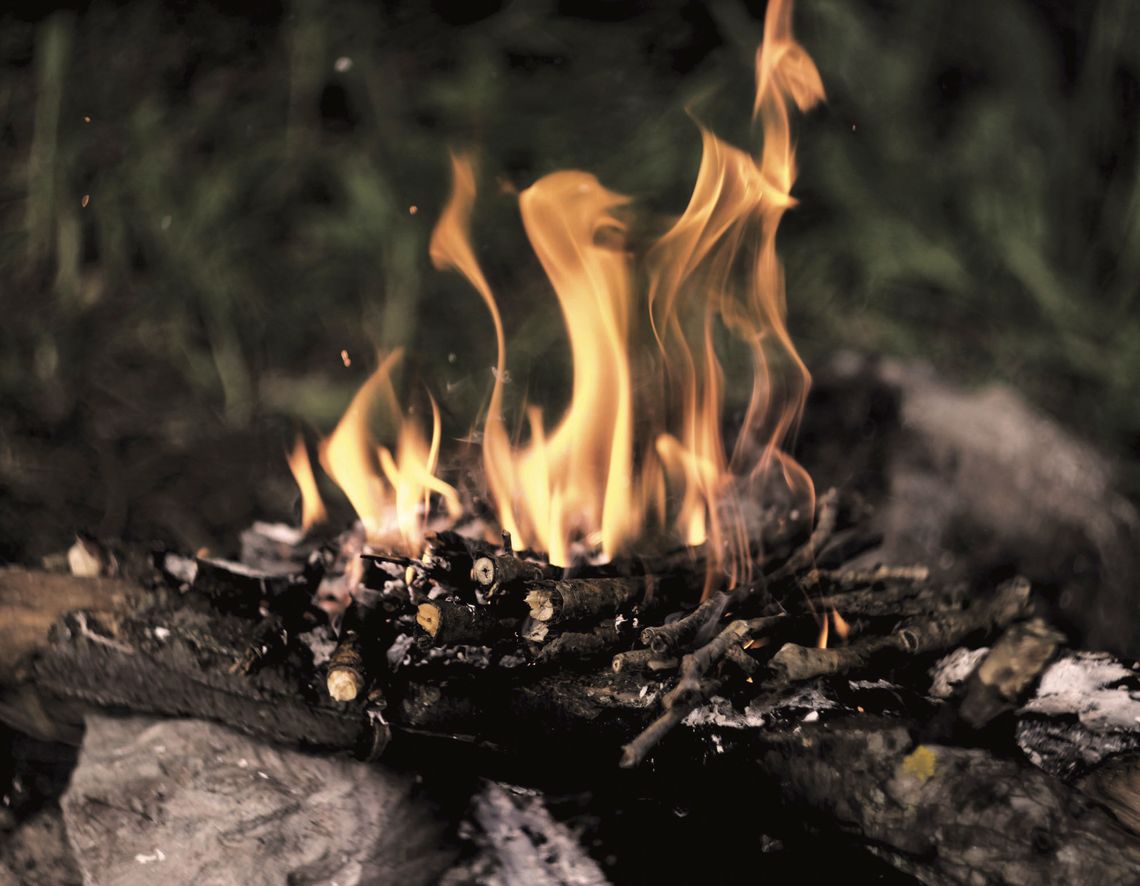COLLEGE STATION — As hot and dry conditions persist, extremely dry vegetation will continue to support wildfire activity across much of the state, even as surface moisture increases in some areas.
Through Sunday, scattered showers and thunderstorms are forecast for the upper Texas Panhandle and near the Red River, while sea breeze activity and thunderstorms are possible for the upper Gulf Coast and East Texas. This moisture will provide short term improvement in vegetation dryness for these areas. While rainfall is forecast for some portions of the state, many areas will remain dry.
There is potential for larger wildfires to occur in the Eastern/Western Hill Country, Cross Timbers and eastern Rolling Plains into early next week.
The upper-level ridge of high pressure that is responsible for the hot and dry conditions impacting much of Texas over the past several weeks is forecast to move back over the state Sunday through Wednesday. Widespread triple-digit temperatures will once again become commonplace across the state. With slightly higher wind speeds, the fire environment will support wildfire ignitions.
Persistent temperatures above 100 degrees will continue to draw moisture from live vegetation. Mid-July live fuel samples in the Cross Timbers, Rolling Plains and Hill Country are at critical levels, making tree torching, or the transition of fire from the ground to the canopy of trees, likely with elevated fire weather conditions.
Texas A&M Forest Service monitors live fuel moistures across the state. The data collected from these sample sites is used to determine the condition of vegetation and assists fire managers in deciding where to position resources.
“As conditions continue to deteriorate for much of the state, we remain proactive in ensuring the state has the necessary resources to respond to any wildfire,” said Wes Moorehead, Texas A&M Forest Service Fire Chief. “Wildfire activity is occurring across the state, from border to border, and requires a lot of support. Texas A&M Forest Service continues to mobilize additional firefighters, equipment and aircraft, positioning them across the state for a quick response.”
In addition to the 300 Texas A&M Forest Service firefighters, there are 1,080 firefighters from land management agencies across the nation as well as via the Texas Intrastate Fire Mutual Aid System mobilized by the agency to assist with wildfire response.
Texas A&M Forest Service has also positioned 40 aircraft at 17 airports across the state to respond to wildfire incidents. Texas A&M Forest Service does not own any aviation resources but instead uses federal aviation contracts through the U.S. Forest Service and Bureau of Land Management for all firefighting aircraft.
“We need Texans to prevent wildfires from occurring under these conditions,” said Emily Wall, Texas A&M Forest Service Chief Operating Officer of Forest Resource Protection. “It is imperative that everyone remains diligent with any activity that may cause a spark and check with local officials for burn bans or other restrictions.”
There are currently 224 counties under a burn ban — the most the state has seen since Oct 24, 2011. During periods of drought and high wildfire danger, a county judge or commissioner’s court may enact a burn ban to protect the public and prevent human caused wildfires.
As hot temperatures and dry conditions continue, please consider the following:
• Always obey local burn bans and outdoor burning restrictions. Wait to conduct any outdoor burning or light campfires until the burn ban has been lifted and weather conditions are not extremely hot, dry or windy.
• Nine out of ten wildf ires are human caused. When your county is under a burn ban, residents should avoid outdoor activities that may cause a spark, this includes welding, grinding, and using heavy machinery.
• Many areas of Texas are experiencing high temperatures and dry weather. Residents should stay up to date on weather conditions and always use extreme caution when performing outdoor activities even if not under a burn ban.
• Some areas of Texas have recently received rainfall. While rain can reduce wildfire danger temporarily, areas with limited rainfall will become dry again. Continue to obey burning restrictions until they have been lifted by your local officials. Visit https://tfsweb. tamu.edu/TexasBurn-Bans/ for current information on burn bans in Texas.
Stay wildfire aware. If a wildfire is spotted, immediately contact local authorities. A quick response can help save lives and property.
.png)





